Yeah, that skin-purging phase sucks! But you know what, most of the time it means the ingredient is working, so bear with it for the greater end results…
What are the most common ingredients that make your skin purge?
Active ingredients that exfoliate and go deep into the layers of your skin and change the skin cell turnover rate at a rapid speed, and cause skin purging. These ingredients shorten the skin cell turnover time from a 28-day cycle to half, a 14-day cycle in young adults.
| Retinoid Family | Retinol, Tretinoin, Tazarotene, Retinal Palmitate, Adapalene, Retinal, Isotretinoin |
| AHA’s | Glycolic acid, Mandelic acid, Lactic acid, Citric acid, Malic acid, Tartaric acid |
| BHA’s | Salicylic acid |
| Vitamin C | L- ascorbic acid |
| Benzoyl Peroxide | – |
| Azelaic Acid | Neither an AHA nor a BHA, but works similarly to one. |
What is a Tretinoin skin purge?
Tretinoin purge means, when you are incorporating tretinoin in your skincare routine for the first time, your skin temporarily reacts to it by either breaking out, peeling, or drying. A range of black/white heads & red papules may also appear.
What does the Tretinoin purge look like?
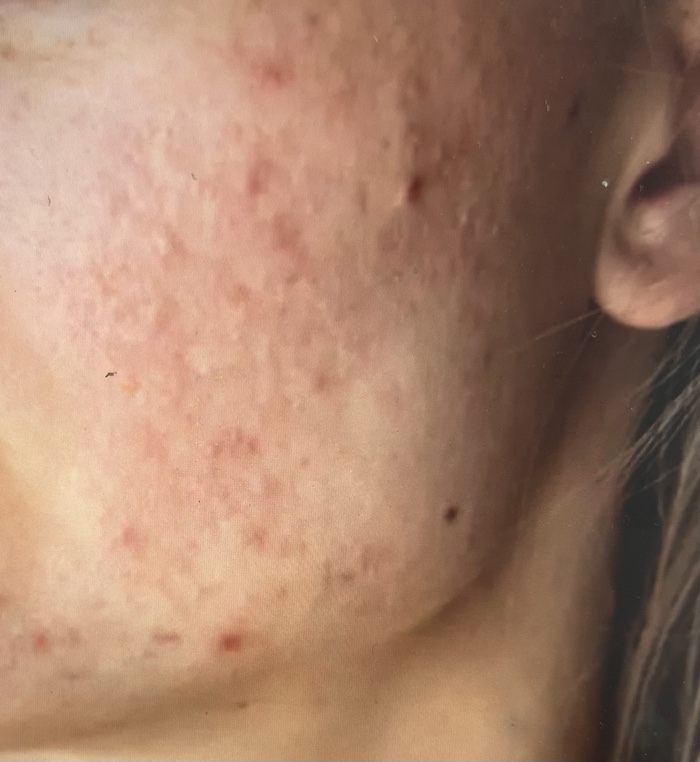
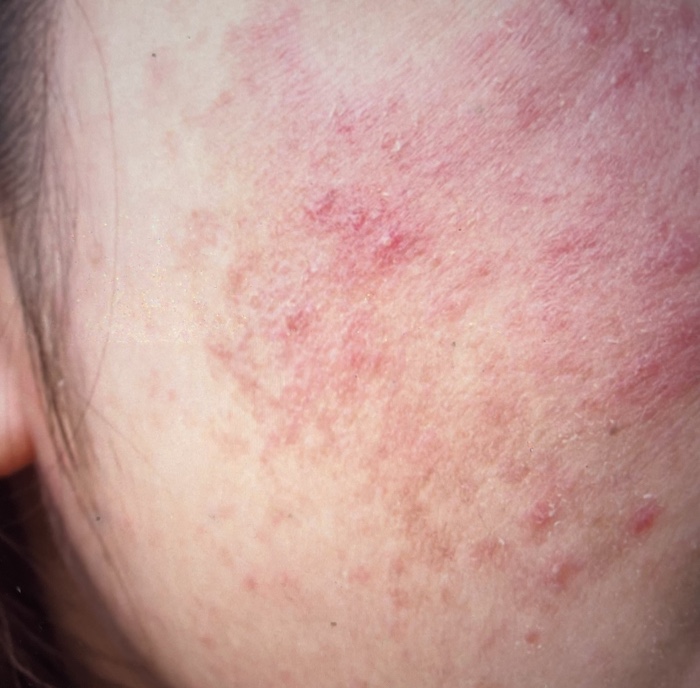
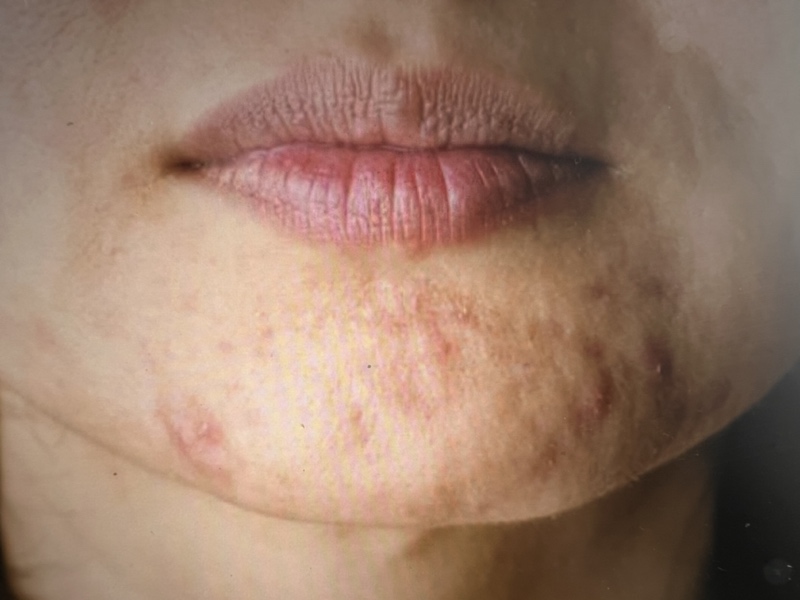
How does Tretinoin purge make the skin better?
Tretinoin Purge makes the skin better through the process of exfoliation and rapid skin cell turnover rate. The process works by kicking out the impurities, excess sebum, dead skin cells and dirt to the surface of the skin making the skin clean from the inside and activating young skin cells by increasing collagen production. It basically helps with premature aging signs of the skin and hyperpigmentation. Tretinoin is also a prescription medication for treating severe cystic acne.
How long does a Tretinoin purge last?
Some people have such strong skin built up; they don’t even have purges. So, the tretinoin purge time period depends on person to person, but generally, your skin adjusts and starts to look healthier after a few weeks, around 4-5 weeks of usage. It’s honestly a period where your skin looks a lot worse before it gets better.
How can you tell if your skin is purging & not having some allergic reaction to the product?
If using Tretinoin makes your skin feel a sensation of ‘itching’ or ‘burning’, that’s probably an allergic reaction and not purging.
How to survive the Tretinoin purge?
It is hard to completely prevent the purge, but you can always follow these tricks to avoid any harsh effects of the ingredient & survive the purge phase with much ease
- Use a ‘sandwich method’ when applying Tretinoin. First, a layer of moisturizer then tretinoin, end with again a layer of moisturizer.
- Apply Vaseline under your eyes & mouth before applying tretinoin.
- Always use just a pea-sized amount of tretinoin.
- Don’t apply it on damp skin. Pat the skin dry completely.
- Start by using it only two times a week, and gradually increase the times when your skin gets used to it.
- Start with the lowest concentration of tretinoin, 0.01%
- To compensate for any dryness, never forget to layer it with a non-comedogenic moisturizer with niacinamide/ceramides/hyaluronic acid in it.
- Take pictures of your face every week from the first week only, it will be very motivating when you see it getting better & better.
- If you are a newbie, cut all other activities like AHA’s & BHA’s from your beauty routine. Tretinoin itself is enough for you.
- Apply only at nighttime.
- Do not forget the sunscreen the next day
How to know if it’s a Tretinoin purge or Acne breakout?
| Purge | Breakout |
| Subsides within 4-6 weeks | Can last for months & even reoccur |
| Dry, flaky, peeled skin | Nodules & cysts |
| Tender on touch | Painful & swollen on touch |
| Appears after starting a new product | Appears randomly as hormones fluctuate, after using comedogenic products, overproduction of oil, and lack of exfoliation. |
| Doesn’t leave scars | Can leave scars |
| Appears altogether at once | Seems as if they wish to, randomly or one by one |
| Healthy skin afterward | The Skin might leave scars or discoloration or even acne recurrence |
What is Tretinoin?
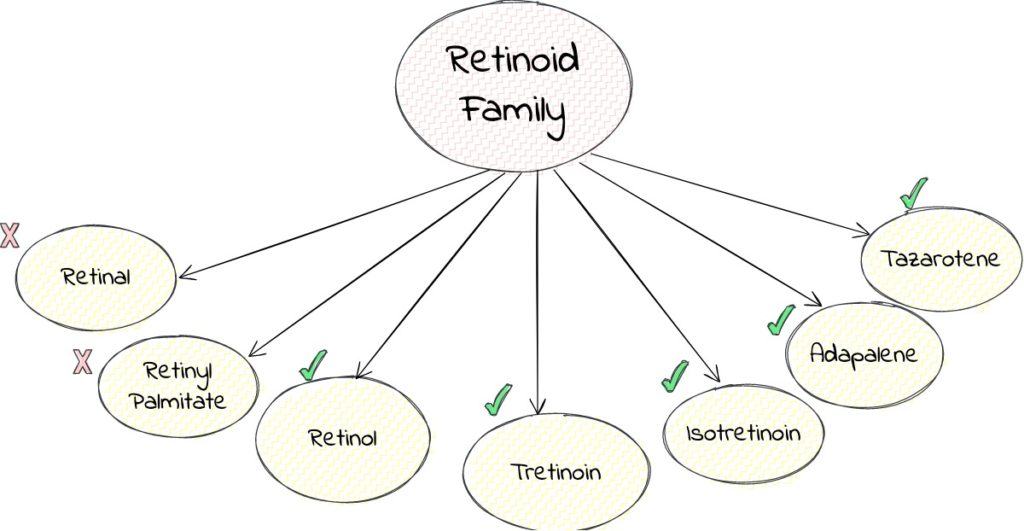
- Tretinoin is a gold-standard topical Retinoid (Vitamin A) with a long history of skin benefits. It’s a total bomb ingredient that is used to treat all premature skin aging signs like fine lines, saggy skin, sun damage and also severe acne.
- It is also known by the name, Retinoic acid & Retin-A. It is from the Retinoid family & is one of the 7 kinds of Retinoids.
- You can only get it by prescription & the recommended percentage is- 0.01-0.1%
How does Tretinoin treatment work on your skin?
- When we start aging, our cells don’t regenerate as quickly as they did when we were young. Tretinoin increases the skin cell turnover rate to double.
- Tretinoin treats all age-related skin issues by going deep into the layers of the skin. Tretinoin directly affects our gene expression, eliminates dead cells & allows fresh, new skin cells to come up to the surface.
- It goes deep into the layers of the skin and exfoliates all the excess oil and gunk from within. It also clears up acne breakouts by cleaning the pores and eliminating bacterial growth.
When should I stop using Tretinoin?
When you get allergic reactions like,
- A rash or hives
- Blisters
- Watery eyes
- Burning sensation
- Red itchy skin
- or when you start trying for pregnancy, stop using tretinoin right away.
Symptoms of the allergic reactions are temporary & are mostly not very severe, in sporadic cases a person may experience anaphylaxis, a life-threatening allergic reaction that requires emergency medical attention. Call 911
How to treat Tretinoin purge/burns/Skin Irritation?
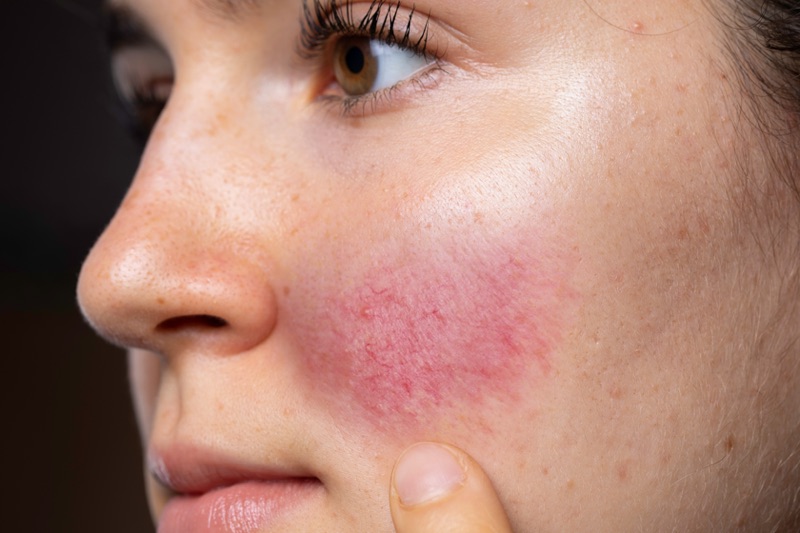
- Take cold showers or ice your face (wrapped in a thin cloth). Avoid hot showers at any cost.
- Avoid using scented cleansers or moisturizers or products with harsh ingredients like polysorbate 20.
- Use Thermal spring water to calm the skin (Try from La Roche Posay)
- Don’t use any exfoliating fancy gadgets to wash your face, simply hands.
- Give a lot of moisture and hydration to the skin for it to feel better. Apply moisturizers loaded with ceramides (Helps in skin barrier) & Hyaluronic acid.
- Now, seal the skin with a light layer of Vaseline. It locks in all the goodies we’ve given & lets the skin heal faster.
- Stop using any other exfoliants, acids, AHAs, BHAs, peroxides, salicylic acid, or chemical peels until you are completely healed.
- Cica Balms, Glycerin & Aloe vera, are great soothing & calming agents for the skin.
- Product suggestion- Try Avene- Cicalfate + restorative protective cream
- Apply sunblock before stepping outside. Remember your skin is already in a vulnerable state. UV rays at this point can make it worse.
History of Tretinoin
The development of Tretinoin happened in the late 1960s, by Dr. Albert M. Kligman, a dermatologist, began investigating the potential of Tretinoin for acne treatment. He noticed that Tretinoin offered additional benefits beyond treating just acne. Studies demonstrated tretinoin’s efficacy in treating acne lesions, aging signs, and overall skin texture. Tretinoin was approved by the FDA approved in the 1970s under the name Retin-A for the treatment of acne vulgaris.
This anti-aging medication is now available in various strengths ranging from 0.025% to 0.1%. It comes in all formulations like gels, creams, and lotions. Lower concentrations of Tretinoin can be found over the counter or online but the higher strength formulations typically require a prescription.
Takeaway- Tretinoin Purge

The last piece of advice is, to hold on to the purging phase, don’t touch or pick the skin. Let the skin do its job without physical interruptions or by adding harsh chemicals into your skincare routine. Rather, support your skin’s process by providing it with good things like ceramide, hyaluronic acid, and Niacinamide.
If you can bear with the phase, post-purging is worth the wait for your ideal skin. You’d be surprised to know how science has these not-so-hidden magic ingredients now & how you can treat your problems & transform the skin, but only if you learn how to use the ingredient correctly.
If Tretinoin doesn’t suit you for any reason, you can try different exfoliants that are much milder than Tretinoin. Here’s the list of alternative ingredients:
Salicylic acid– This beta hydroxy acid is an acne treatment that is oil soluble which is why it is ideal for oily skin and acne-prone skin types. It dissolves the oil, dead skin cells, and the dirt that’s clogging the pores, and cleans the skin by going into a deeper layer. It has anti-inflammatory and mild anti-bacterial properties that kill the acne-causing bacteria and calms the inflammation. This is much milder on the skin than Tretinoin.
Benzoyl Peroxide– Benzoyl Peroxide is a globally recommended topical antiseptic that kills & reduces the acne-causing bacteria on the skin & treats inflammatory acne, known as Cuti bacterium acne. It has comedolytic properties which means it helps break down clogged-up pores & exfoliates old skin cells. It is also used to treat not only acne breakouts but black and white heads too.
I hope your purging phase ends soon, Love~ Beauty Stroll